Integrated over a dozen teams’ services of all form factors, like VR, with the account system.
Soon after we created the Firefox Account system, we began connecting new and existing Firefox services. This included websites, but also browser add-ons, mobile apps and even the short-lived Firefox OS.
My Role
Senior Product Designer
Teammates
Design Engineer, PMs, EMs, PMMs, dozens of teammates in every time zone
Challenges
Herding cats
All form factors
Lack of standards
Multiple time zones
Locally synced encrypted data
Methods
User Flow Diagrams
Wireframes
Prototypes
User Testing
Data Science

The problem and how it was solved
Firefox is most known as a web browser, and Chrome’s rise was due largely in part to their perceived (and serendipitous) compatibilities with Google properties like Search, Docs, YouTube, etc.
In order to lean into its reputation for user privacy, Mozilla began building out an ecosystem of services that integrated natively with Firefox. I was asked to integrate these into the account system, and into the browsers’ native interfaces. This involved deep discussions with the product and engineering teams, as well as coordination with the principal designers of the browsers. My process typically begins with detailed user flow diagrams, and thanks to a robust design library, I was able to move directly into designing browser and account system interfaces.
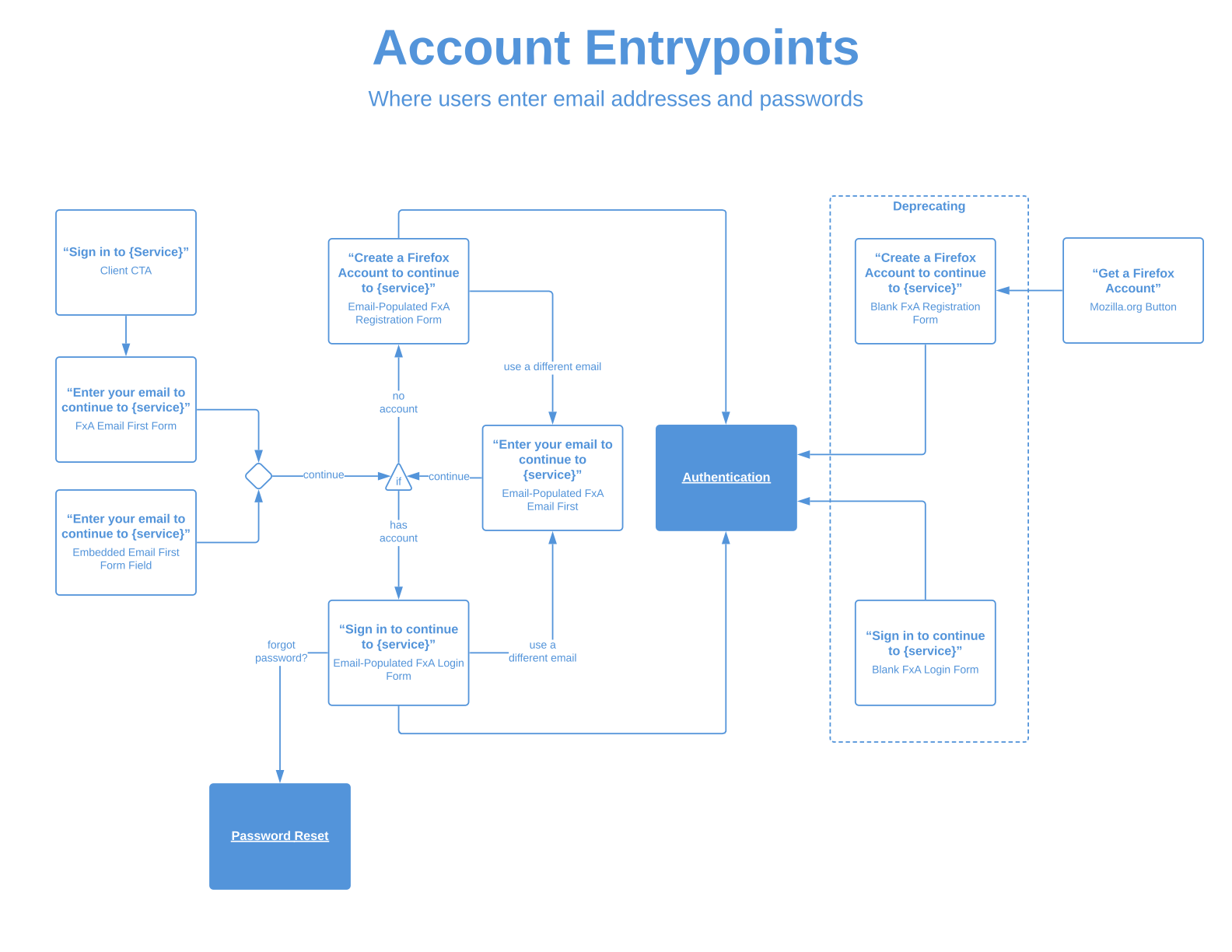
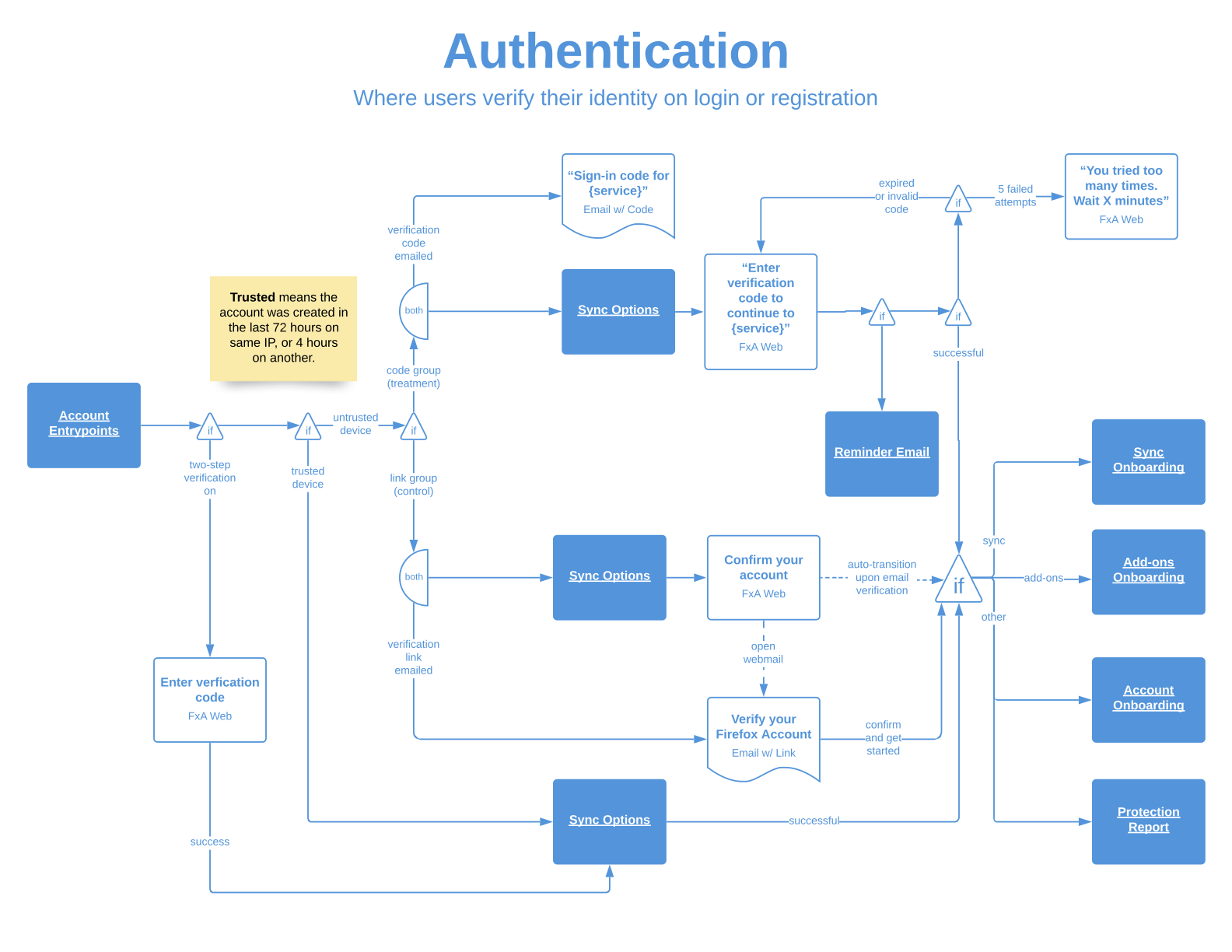
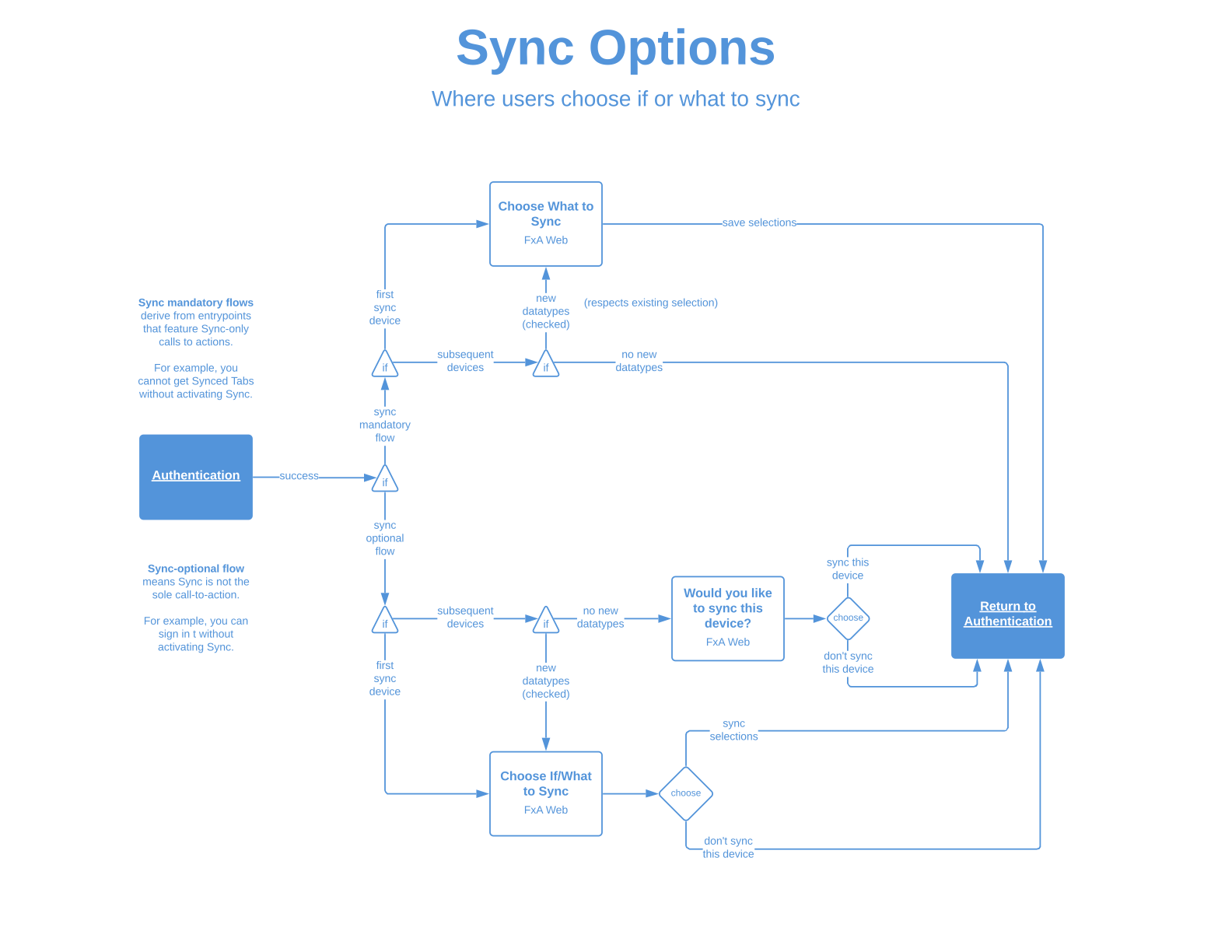
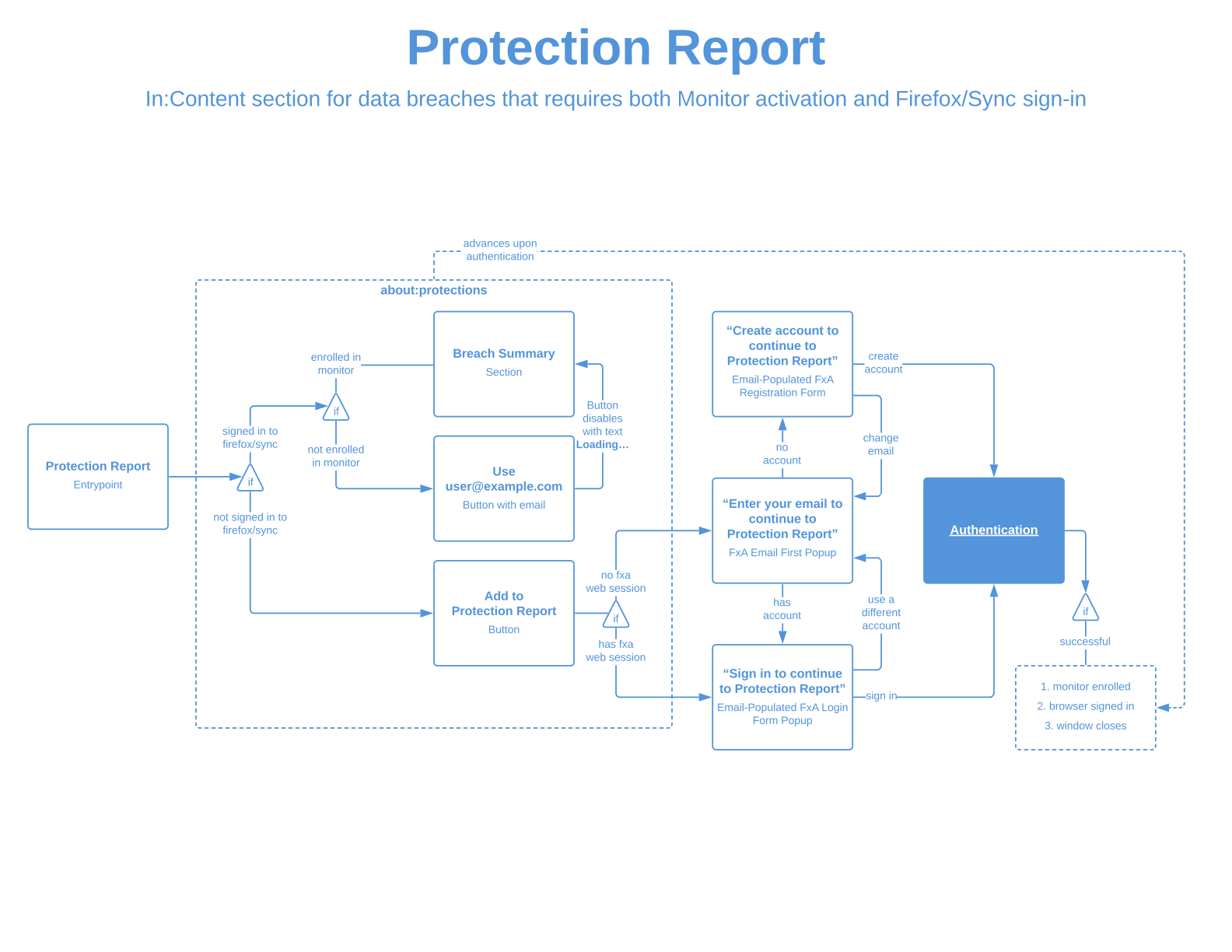

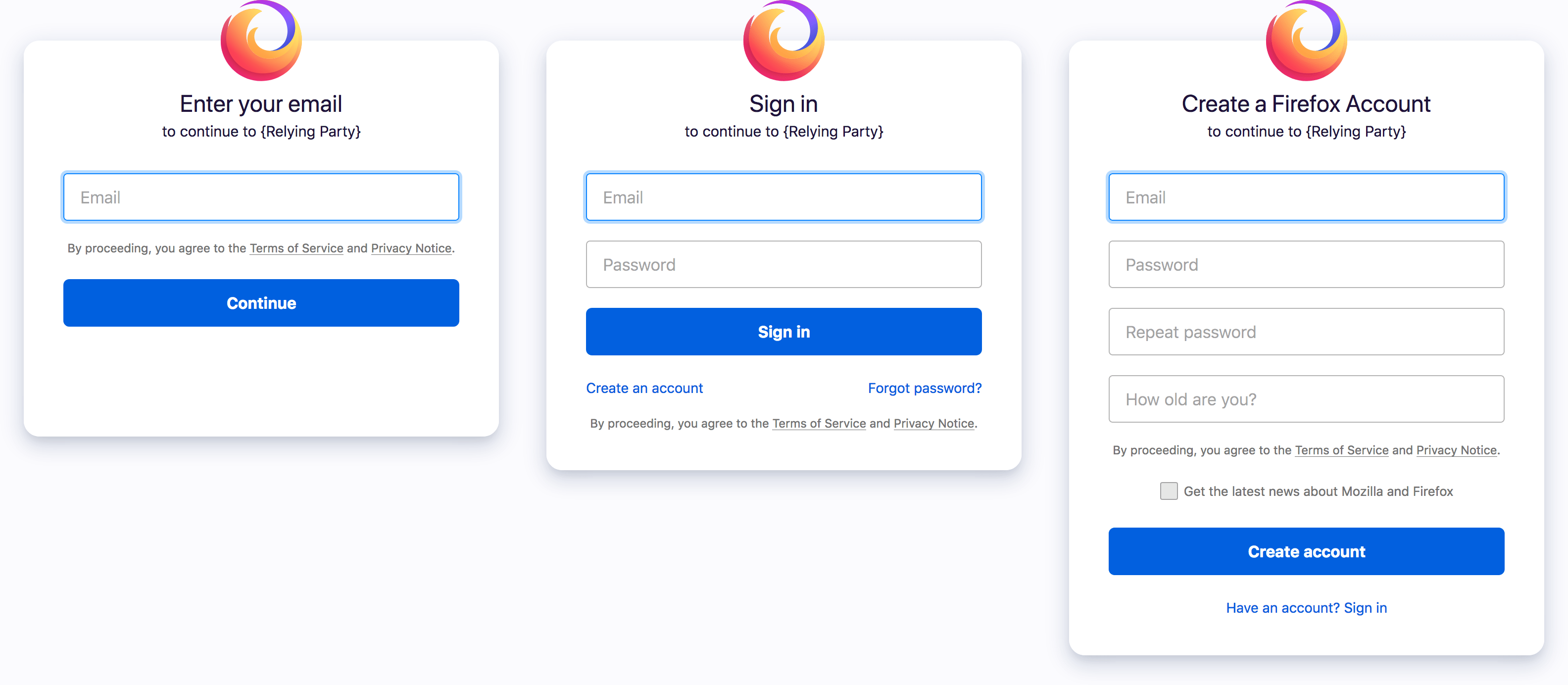
Allowing for flexibility
Supporting simple web properties was easy, but some relying parties like browsers or VR headsets were more complicated. We need to work with various teams to ensure the system worked for them, including security features.
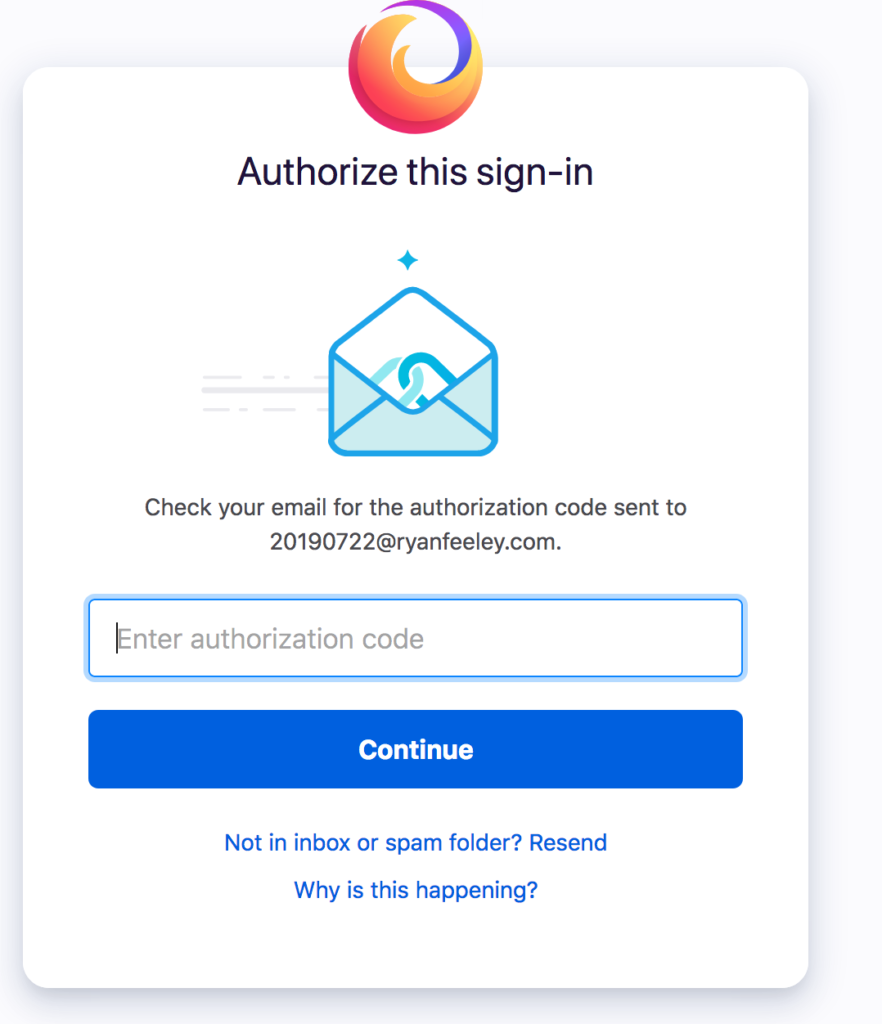
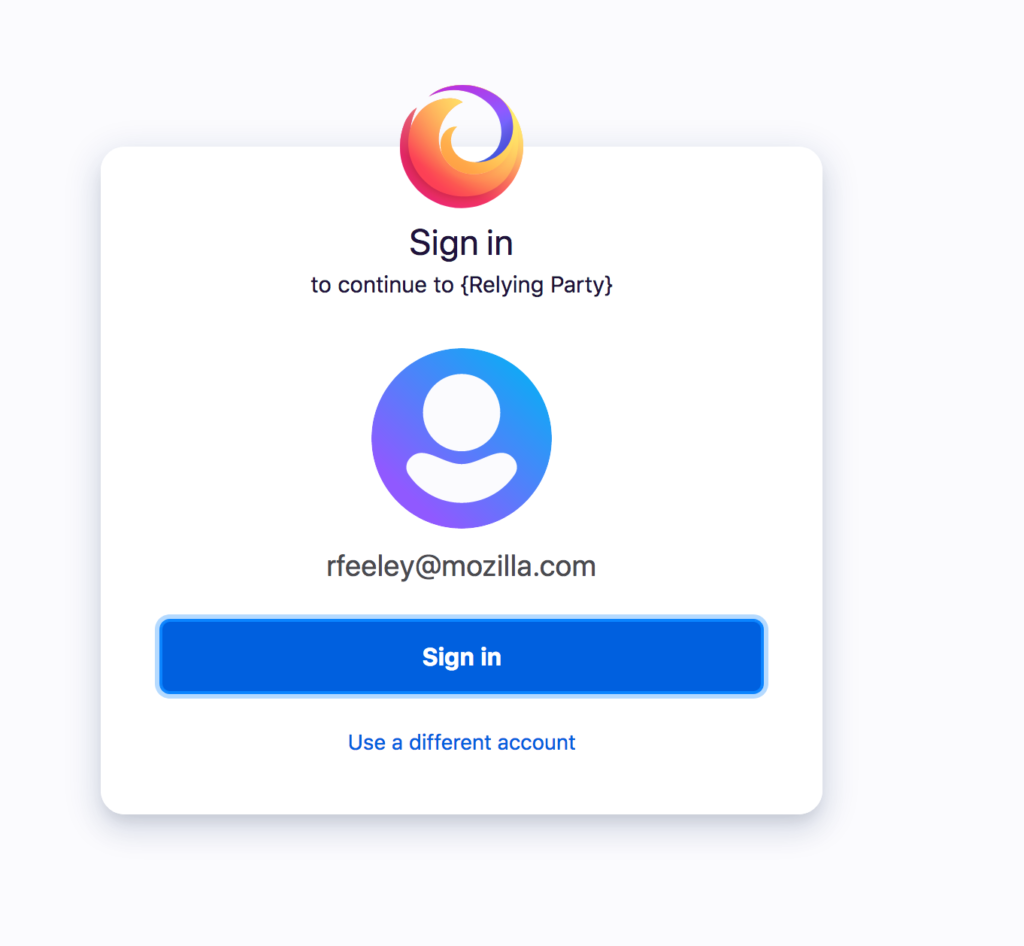
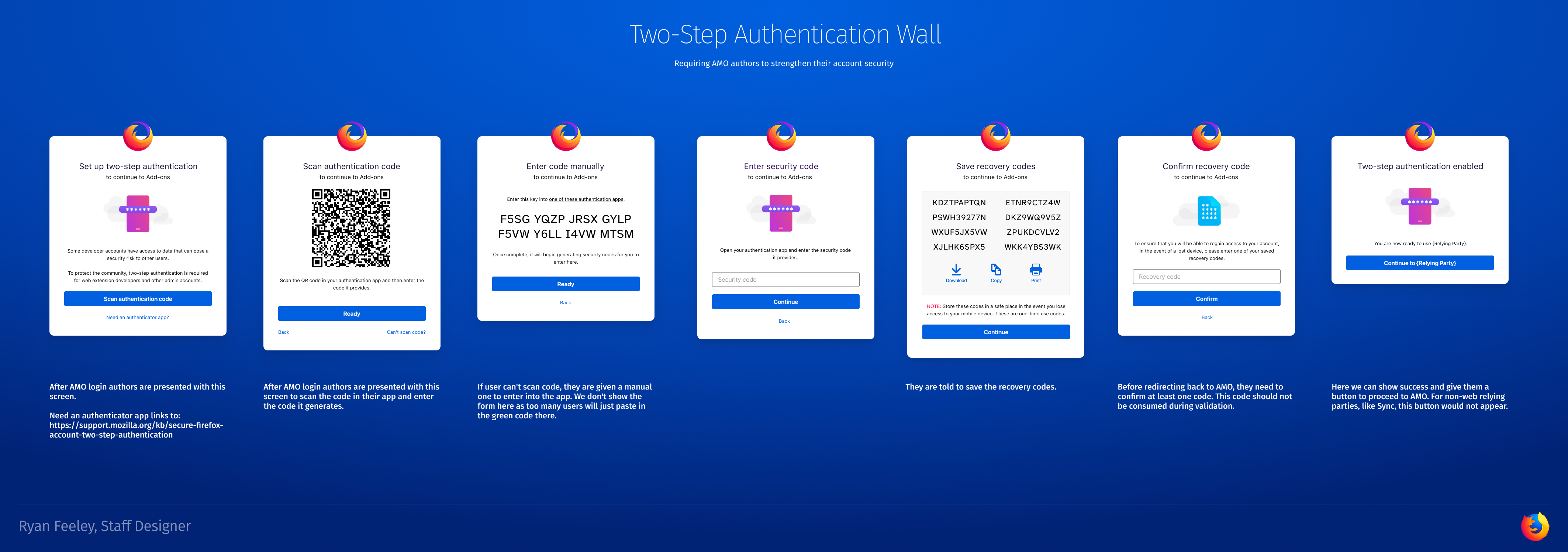
Research Findings
The most powerful learning was that there is no intrinsic value in having a Firefox Account. Users may have affinity for Firefox, but ultimately an account is begrudgingly created in an exchange of value. When there was a powerful value proposition (e.g. Sync) users would create an account. When brand affinity was foregrounded, or account requirements were implied, users would respond by skipping, or worse, inputting bad data.
Impact
Grew the userbase from zero to 20M MAU and enabled the future of Firefox connected applications, now including paid offerings.